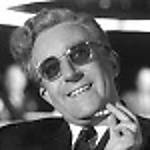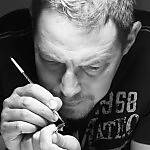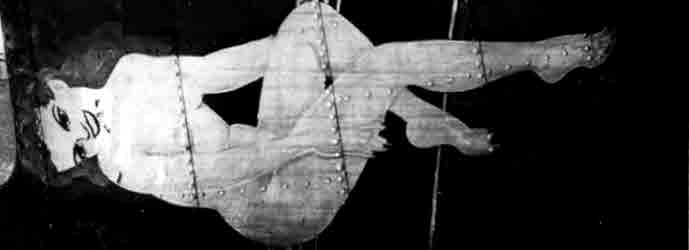The model was built O.O.B. with only the markings changed...paints used were Model Master enamels shot through my Iwata Revolution BR airbrush.
Once the Ho 229 reached the front line it was a success and an improvement over the Me 262, the Me 262's were still very effective bomber killers but not as good against fighters so the Ho 229's were used mostly against fighters to clear the way for the Me 262 units so they could get to the bombers.
The Ho 229 was untouchable in the air but on the ground they were just another target for allied fighter/bombers so camouflaging them on the ground was all important and even though they were hard to see from the air once pushed under the tree lines at their airfields it was found because of the nose high sit of the aircraft low flying allied aircraft could see the RLM 76 painted undersurfaces at sunrise or sunset and once detected the airfield was soon strafed and bombed.
To make it harder to see the Ho 229 on the ground crews were ordered to use a dark shade of paint to add disruptive camouflage patterns on the undersurface of the wing in either squiggles or mottles...after the field applied camouflage painting was done losses due to fighter/bomber attacks dropped quickly. Some ground crews even added some counter shading to the front of the wing upper surface too in the form of RLM 76 mottling to give a camouflage effect similar to the Ambush scheme used on German armor, Ho 229's painted in such a way were hard to see under camouflage netting even at close range.
My model was painted in a similar way as what was described above.





Matrixone
































